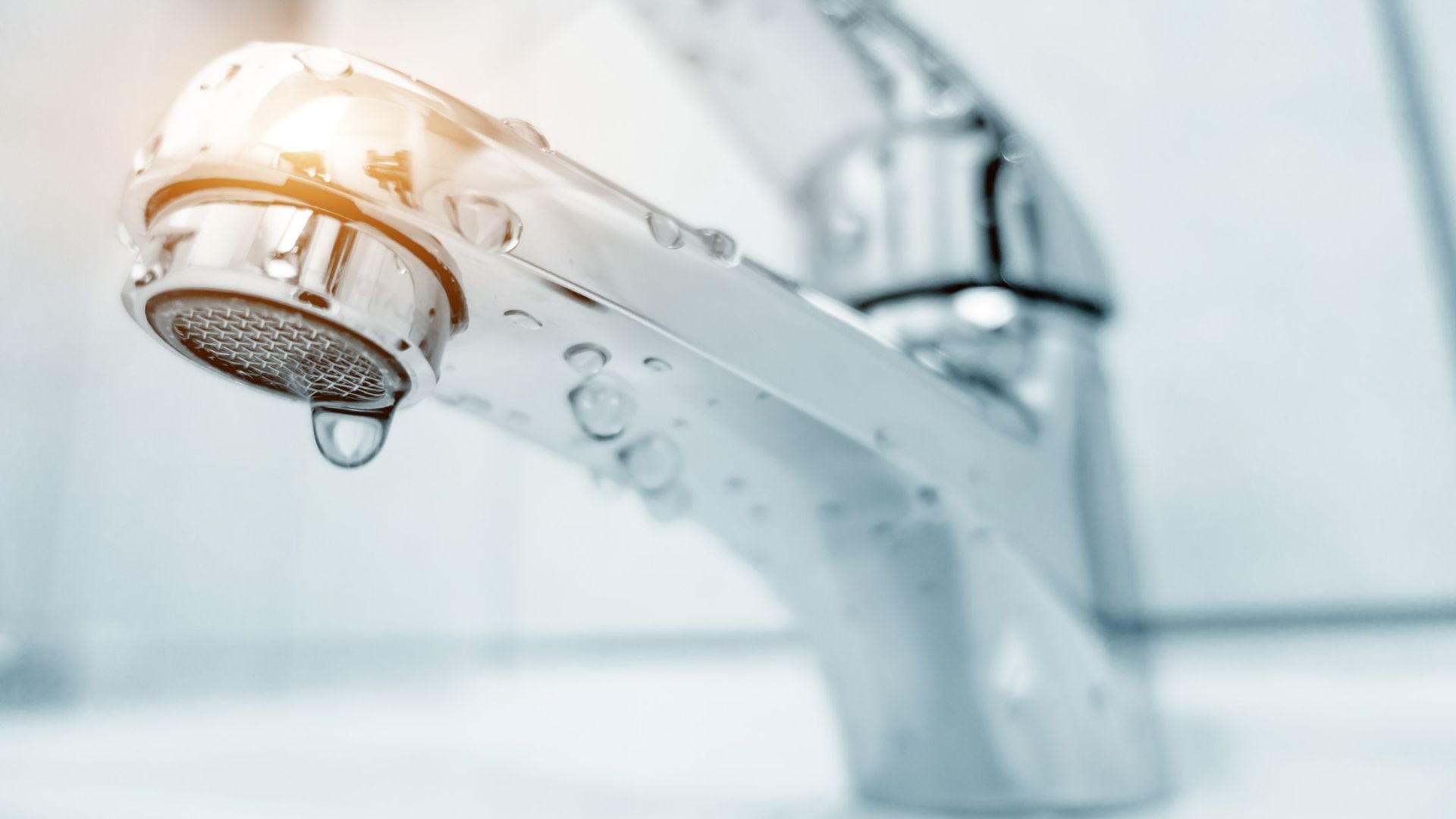Trusted Methods for Addressing Low Water Pressure in Your Home
Trusted Methods for Addressing Low Water Pressure in Your Home
Blog Article
On this page on the next paragraphs you can get a bunch of outstanding tips around 4 Ways to Troubleshoot Low Water Pressure.

Low tide stress in your house can be an aggravating issue, impacting every little thing from bathing to washing meals. If you're experiencing weak water flow, there are several feasible causes and services to explore. In this guide, we'll review common reasons for low tide stress and sensible steps to address the concern efficiently.
Intro to Low Water Pressure
Low tide stress takes place when the flow of water from your faucets, showers, and other fixtures is weak than normal. This can make day-to-day tasks more difficult and much less reliable. Comprehending the sources of low tide stress is vital to locating the right option.
Typical Sources Of Low Tide Pressure
Pipe Obstructions
In time, pipes can become obstructed with natural resource, sediment, or particles, restricting the flow of water. This is an usual concern in older homes with galvanized steel pipes.
Deterioration
Deterioration within pipes can bring about leaks and lowered water pressure. Rust accumulation can restrict water flow, especially in maturing plumbing systems.
Faulty Stress Regulators
Pressure regulatory authorities are in charge of maintaining regular water pressure in your house. If they malfunction, it can lead to low water pressure or irregular circulation throughout the house.
Municipal Water System Issues
Sometimes, the problem lies outside your home. Community water supply issues, such as main line leaks or upkeep work, can briefly minimize water pressure in your area.
How to Identify Low Water Pressure
Examining Faucets and Fixtures
Begin by examining the water stress at various taps and fixtures throughout your home. If the issue is separated to particular locations, it might indicate localized issues.
Evaluating Pipelines
Inspect noticeable pipes for signs of leakages, corrosion, or obstructions. Focus on any type of uncommon sounds, such as banging or rattling pipes, which might indicate issues within the plumbing system.
Consulting with a Plumber
If you're not able to pinpoint the root cause of low water stress, consider employing an expert plumber to carry out a complete inspection. They can recognize underlying issues and advise ideal remedies.
DIY Solutions to Repair Low Tide Stress
Cleaning Up Aerators and Showerheads
Mineral deposits can collect in aerators and showerheads, lowering water flow. Eliminate and cleanse these components frequently to improve water stress.
Flushing Water Heater
Sediment accumulation in the hot water heater can limit flow and lower efficiency. Purging the tank periodically helps remove debris and keep ideal performance.
Inspecting Pressure Regulator
Ensure that the pressure regulatory authority is functioning appropriately. Adjusting or changing the regulatory authority can assist recover correct water stress throughout your home.
Clearing Up Clogs in Water Lines
For small blockages, try using a plumbing snake or chemical drainpipe cleaner to clear obstructions in pipelines. Be cautious when making use of chemicals and adhere to safety and security guidelines.
When to Call a Specialist Plumber
If DIY efforts stop working to solve the problem or if you presume considerable plumbing troubles, it's finest to seek aid from a licensed plumber. They have the proficiency and tools to resolve complicated concerns safely and effectively.
Preventive Measures to Maintain Water Pressure
Routine Upkeep
Schedule regular upkeep for your plumbing system to prevent issues such as deterioration, leakages, and clogs. Addressing small problems early can aid prevent even more significant repairs in the future.
Installing a Pressure Booster
Take into consideration mounting a stress booster pump to enhance water pressure in areas with constantly low circulation. This can be especially beneficial for multi-story homes or residential properties with high-demand components.
Monitoring Water Usage
Be mindful of water usage habits and prevent overtaxing the plumbing system. Easy modifications, such as incredible showers and laundry lots, can assist maintain sufficient water stress.
Final thought
Taking care of low water pressure can be discouraging, but recognizing the underlying causes and implementing appropriate solutions can bring back optimum flow throughout your home. Whether it's cleaning aerators, checking pipelines, or consulting with a plumber, taking proactive steps can ensure a consistent supply of water for your daily demands.
FOUR WAYS TO FIX LOW WATER PRESSURE NOW
Turning on a shower or faucet only to find the water comes out in a sad, slow drizzle is never a good feeling. How exactly are you supposed to wash a pan or take a quick shower when it takes 10 minutes just to rinse off a little soap? The good news is that when your water pressure is bad, there's always a cause: typically one that can be easily fixed. Here are some of the most common causes of low pressure and what you can do to fix the issue:
DEBRIS AND MINERAL DEPOSIT BUILDUPS
If you notice low water pressure from just one or two of the fixtures in your house, the problem likely has to do with debris buildup. Water is full of minerals and other debris, all of which can accumulate in your pipes and on your fixtures. This can cause a blockage that affects how much water flows through. To fix this, try filling a small plastic bag with white vinegar, and use a rubber band to hang it around your showerhead or faucet. Let the head of the fixture soak for a few hours, and the vinegar should loosen the deposits.
WATER LEAKS
Leaks are another common cause of low water pressure. If water is flowing out of your plumbing through a hole or crack before it can reach your fixture, the pressure coming out of the faucet or showerhead will be lower. A plumbing professional is your best bet for finding and repairing a leak in your water supply pipes.
Leaks are another common cause of low water pressure. If water is flowing out of your plumbing through a hole or crack before it can reach your fixture, the pressure coming out of the faucet or showerhead will be lower. A plumbing professional is your best bet for finding and repairing a leak in your water supply pipes.
FOUR WAYS TO FIX LOW WATER PRESSURE NOW
Turning on a shower or faucet only to find the water comes out in a sad, slow drizzle is never a good feeling. How exactly are you supposed to wash a pan or take a quick shower when it takes 10 minutes just to rinse off a little soap? The good news is that when your water pressure is bad, there's always a cause: typically one that can be easily fixed. Here are some of the most common causes of low pressure and what you can do to fix the issue:
DEBRIS AND MINERAL DEPOSIT BUILDUPS
If you notice low water pressure from just one or two of the fixtures in your house, the problem likely has to do with debris buildup. Water is full of minerals and other debris, all of which can accumulate in your pipes and on your fixtures. This can cause a blockage that affects how much water flows through. To fix this, try filling a small plastic bag with white vinegar, and use a rubber band to hang it around your showerhead or faucet. Let the head of the fixture soak for a few hours, and the vinegar should loosen the deposits.
WATER LEAKS
Leaks are another common cause of low water pressure. If water is flowing out of your plumbing through a hole or crack before it can reach your fixture, the pressure coming out of the faucet or showerhead will be lower. A plumbing professional is your best bet for finding and repairing a leak in your water supply pipes.
Leaks are another common cause of low water pressure. If water is flowing out of your plumbing through a hole or crack before it can reach your fixture, the pressure coming out of the faucet or showerhead will be lower. A plumbing professional is your best bet for finding and repairing a leak in your water supply pipes.
A VALVE ISSUE
If you have low water pressure throughout your home, check your main shut-off valve to make sure it's completely open. You may also want to see if there's a pressure-reducing valve installed. If there is, have a plumber help you adjust the settings to get the pressure you're looking for.
OTHERS USING WATER
Believe it or not, your low water pressure could be caused by your neighbors. If you notice low pressure at certain times of day, it may be because you and the people living next to you have similar schedules - when everyone is showering at the same time, the pressure will be lower in every home. Low pressure throughout the neighborhood may also be caused by an issue with your municipal water supply. If that's the case, call the supplier to see if they're working on the issue.
https://www.rotorooter.com/blog/water-leaking/low-water-pressure-fixes/

As a reader on Low Water Pressure in the House?, I assumed sharing that segment was a good thing. Do you know about another person who is sincerely interested in the topic? Please feel free to promote it. Thank you for taking the time to read it.
Call Us Today Report this page